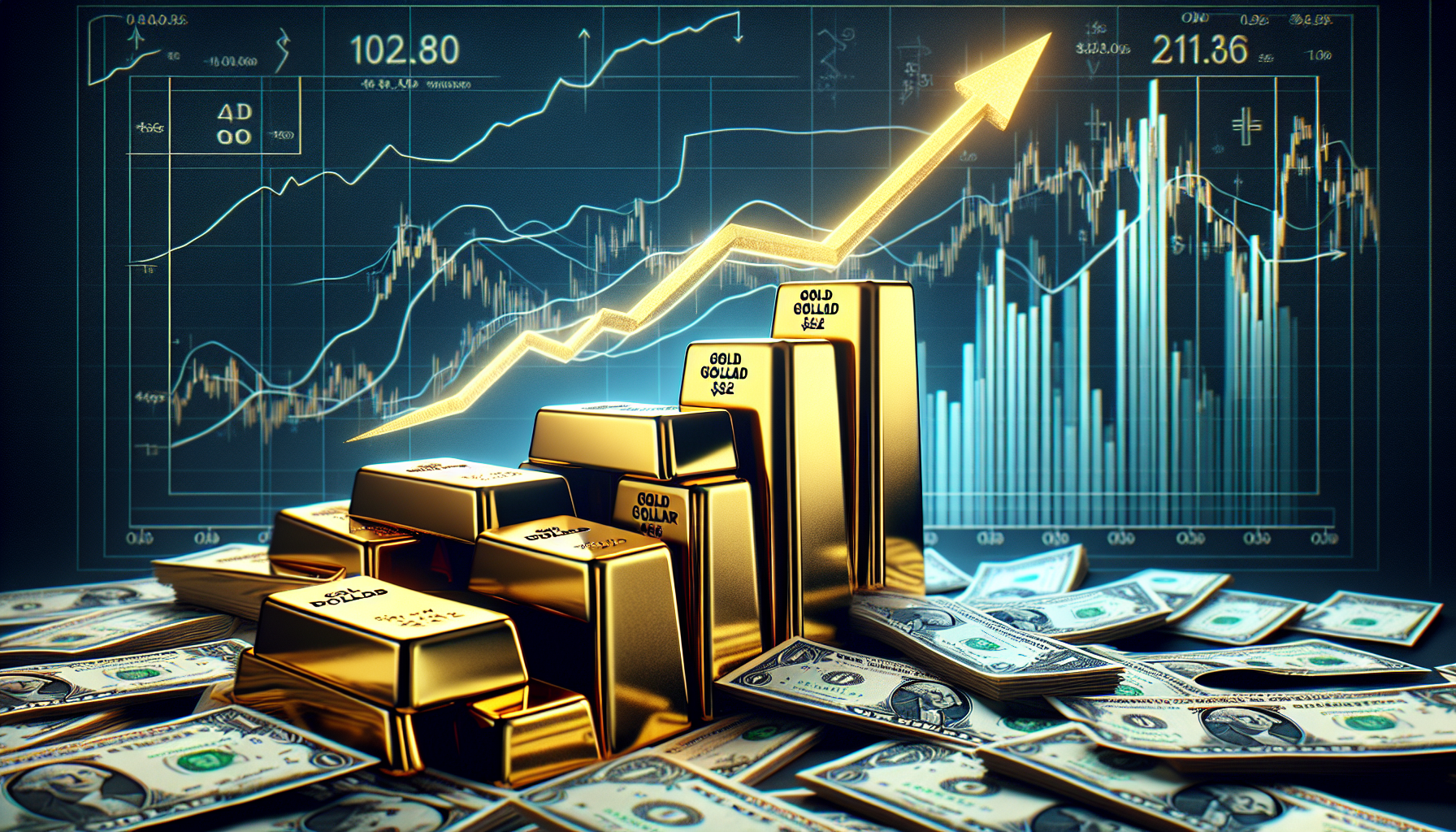
Gold prices increase amid dollar decline and economic instability
The prices of gold have risen slightly as the US dollar continues to lose strength, enhancing the appeal of safe-haven assets in light of increasing economic instability. The weaker greenback has made gold more enticing for investors holding other currencies, resulting in a small rise in bullion prices. This trend occurs as investors navigate mixed signals from the US economy, including worries over fiscal sustainability and directions in monetary policy.
The gains in the yellow metal are supported by a cautious mood in worldwide markets, with traders opting for tangible assets amid ongoing volatility. The recent position taken by the US Federal Reserve on interest rates and inflation outlook has heightened uncertainty, leading to a shift in portfolio distributions toward commodities like gold. Australian commodity investors are particularly focused on these trends, as shifts in global gold prices can affect local mining stocks and export income.
Market players are also on the lookout for signs of a slowdown in economic activity in the US, which could bolster expectations for a more dovish policy approach. In this context, gold is benefiting from its traditional status as a safe haven, especially with inflation expectations remaining high and real yields compressed.
From a technical analysis perspective, traders are keeping an eye on significant resistance levels, with further increases possible if the dollar continues to decline. For Australian finance professionals, the connection between currency fluctuations and commodity pricing is a key consideration for asset allocation and risk management approaches throughout portfolios.
Precious metals respond to trade policy changes and forthcoming data
The silver and platinum markets have reflected gold’s responsiveness to macroeconomic developments, with recent price movements showing investor reactions to alterations in trade policy and the anticipation of important economic data. President Trump’s choice to postpone tariff increases on European goods has brought a sense of optimism to global trade dynamics, temporarily alleviating concerns about a wider trade dispute. This change has influenced industrial metals like silver and platinum, which are significantly affected by manufacturing activity and confidence in global supply chains.
Silver, regarded as both a monetary and industrial metal, has exhibited heightened volatility as traders process the ramifications of changing trade narratives. Its dual nature makes it especially reactive to economic data reports, such as US manufacturing PMI and jobless claims, which are anticipated to shed more light on the state of the American economy. For Australian commodity investors, these updates are vital, as silver’s performance often aligns with risk sentiment and overall market trends.
In contrast, platinum remains sensitive to demand from the automotive sector and industrial production, both of which are shaped by clarity in trade policy. The delay in tariffs has temporarily bolstered platinum prices, yet the market remains cautious ahead of forthcoming data that could alter expectations for global growth. Analysts are closely observing leading indicators such as consumer confidence and durable goods orders, which could signal the direction of industrial demand in upcoming quarters.
In this climate, Australian finance managers are encouraged to adopt a flexible strategy, balancing exposure to precious metals while remaining vigilant regarding geopolitical shifts and the flow of economic data. The relationship between trade policy and macroeconomic indicators continues to dictate short-term price fluctuations, highlighting the necessity of active risk management and scenario planning in commodity-related portfolios.
